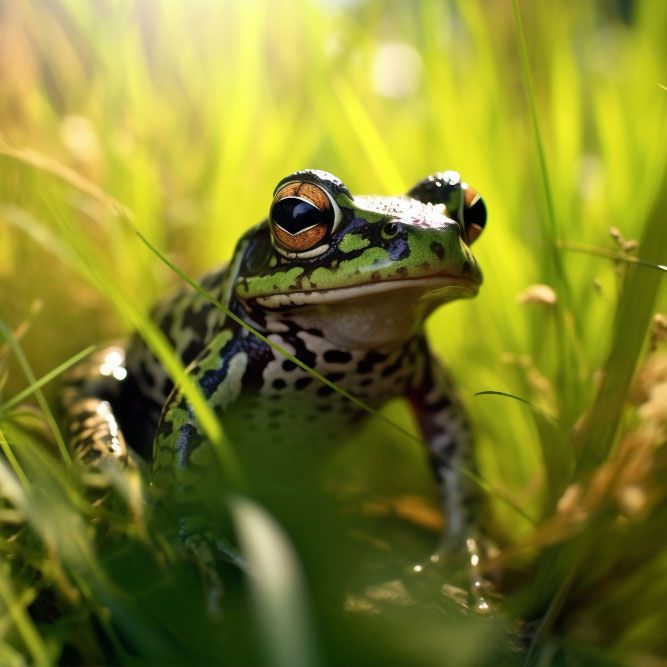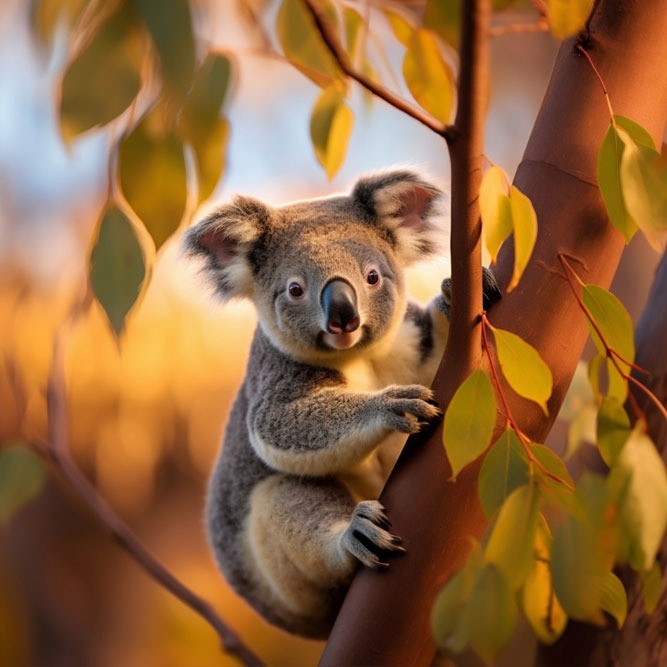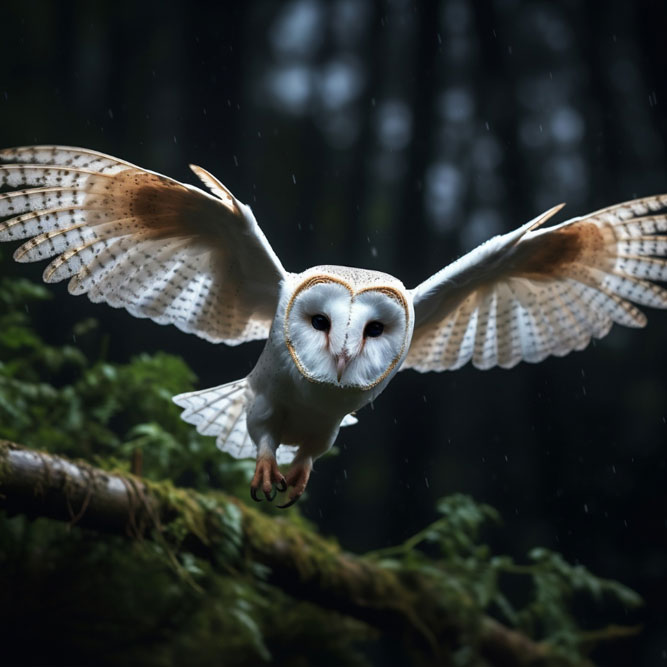Fact
Ancient Wonders Are Awaiting You
Ngarrabullgan and its surroundings boast one of Australian highest densities of known indigenous archaeological sites, making it a place where history, culture, and nature converge. It invites adventurers and history enthusiasts alike to explore its timeless wonders and unlock the secrets of Australia’s rich indigenous heritage.
Discover the rich biodiversity flourishing in and around Ngarrabullgan.
LEARN MOREBiodiversity
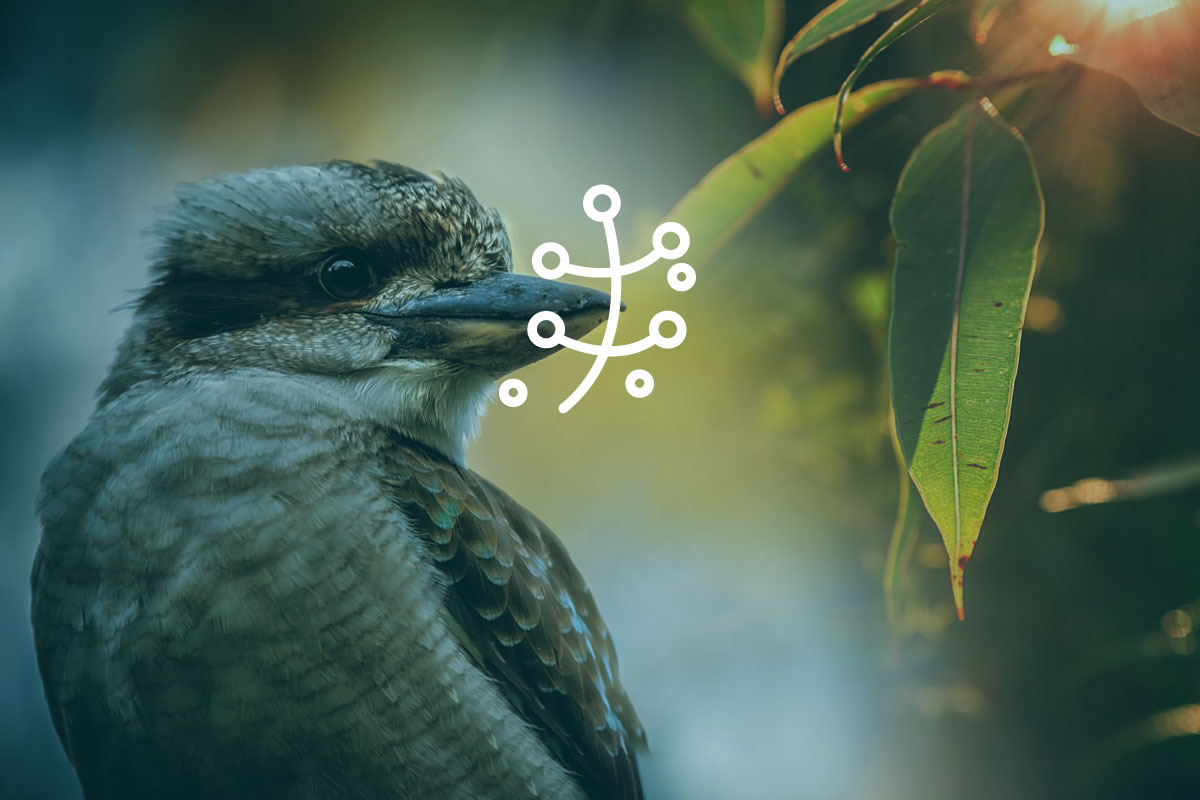
Uncover the mountain's unique rock formations and geological history.
LEARN MOREGeology
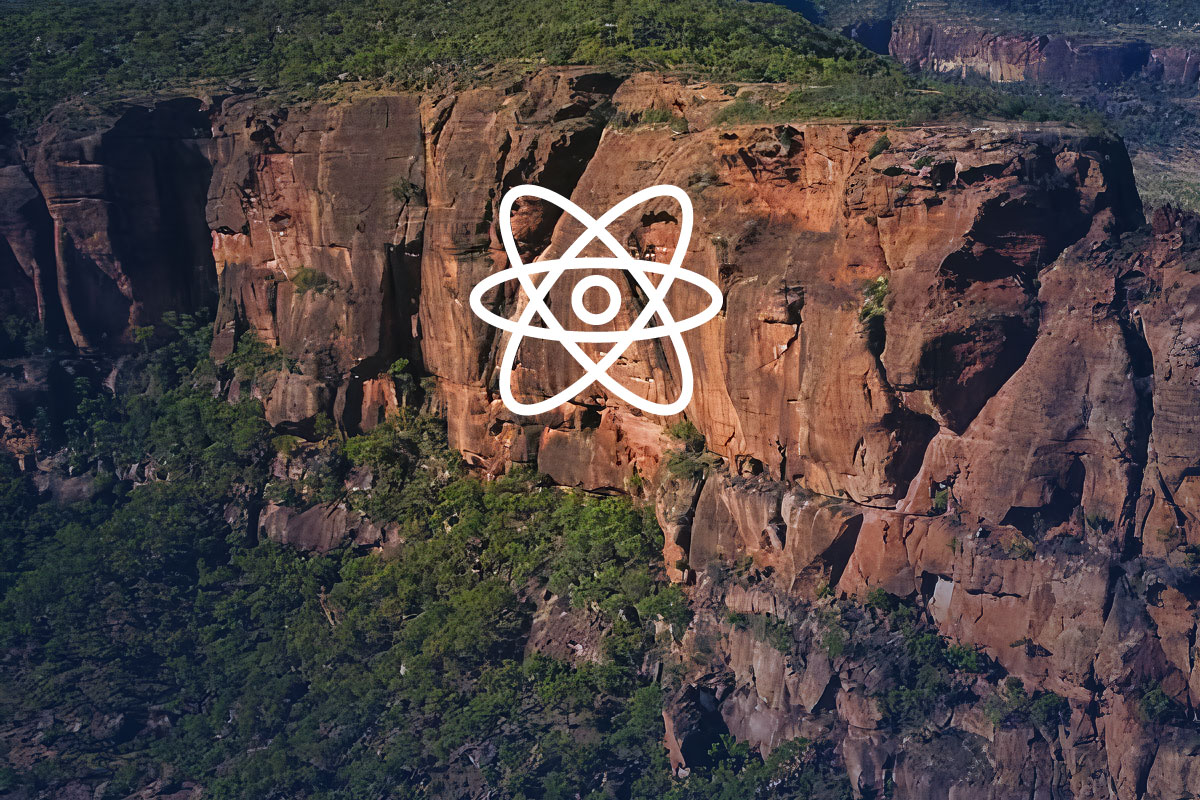


Delve into Ngarrabullgan's archaeological treasures and Djungan heritage.
LEARN MOREArchaeology
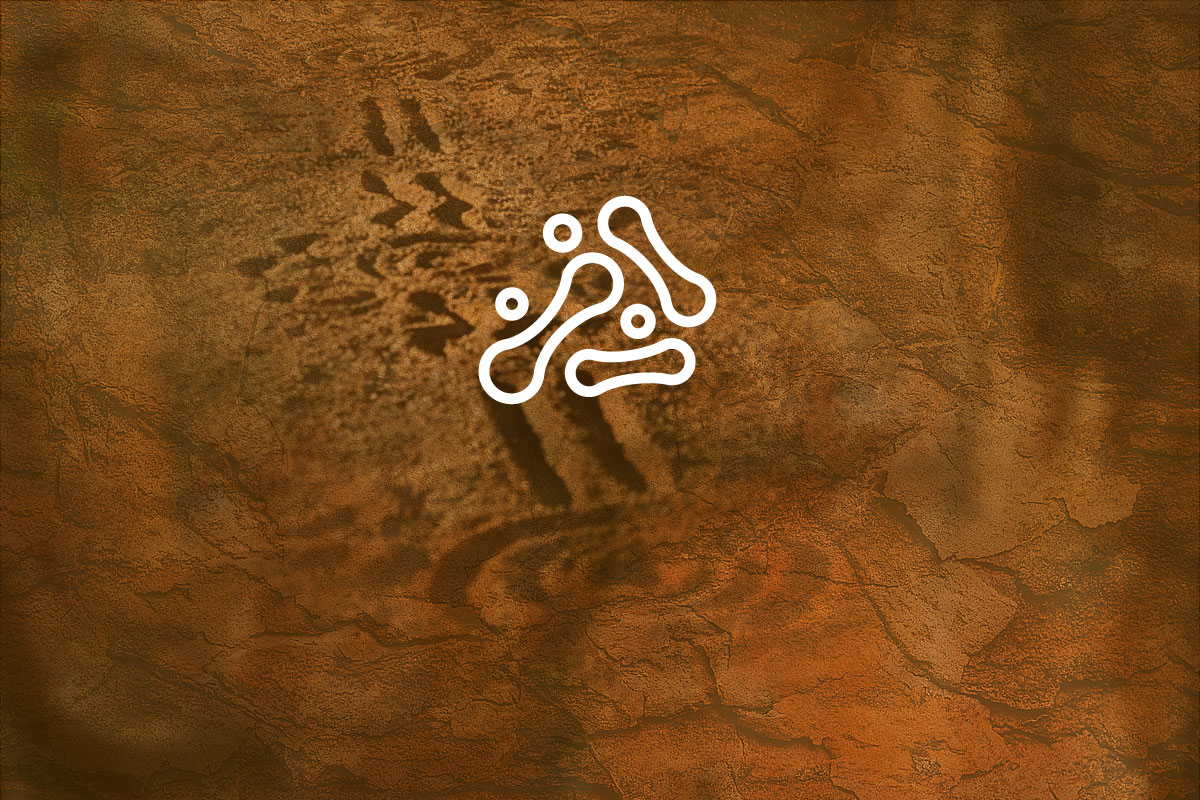


Explore Ngarrabullgan's 37,000-year history with the Djungan People.
LEARN MORETimeline



Discover the rich biodiversity flourishing in and around Ngarrabullgan.
LEARN MOREBiodiversity



Uncover the mountain's unique rock formations and geological history.
LEARN MOREGeology



Delve into Ngarrabullgan's archaeological treasures and Djungan heritage.
LEARN MOREArchaeology



Explore Ngarrabullgan's 37,000-year history with the Djungan People.
LEARN MORETimeline



Where Nature Meets Indigenous Heritage
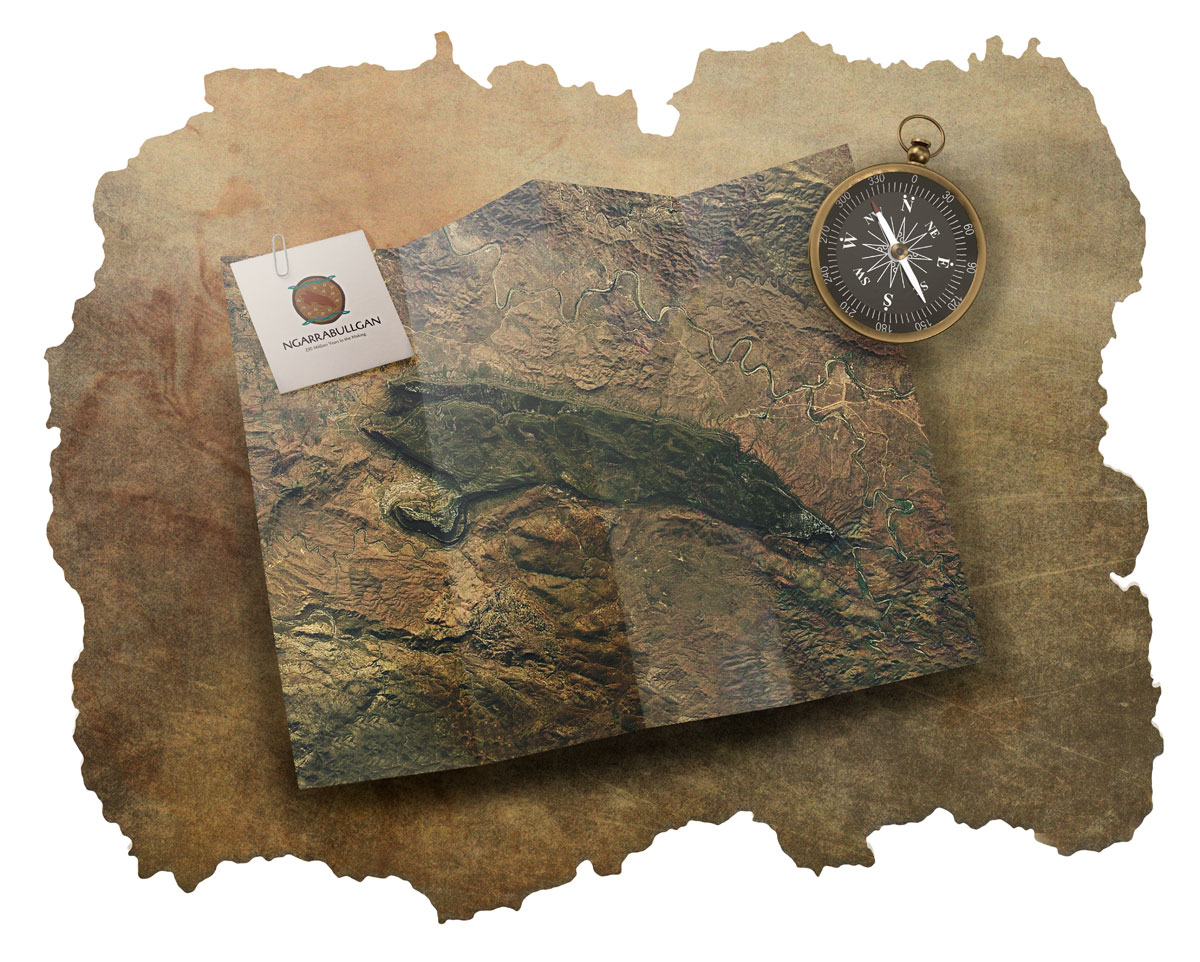
Unlocking the Secrets of Ngarrabullgan
Ngarrabullgan is a distinctive and extremely well-demarcated biogeographic, geological and geomorphic landform. It is large enough to be treated as more than a local, specialised resource patch, and indeed so large that it can be investigated as a distinct part of the north Queensland landscape. Furthermore, the mountain is itself a long-standing feature of the broader environment; it would not have disappeared at any time during the climatic and environmental fluctuations.
Biodiversity
The region around Ngarrabullgan supports a broad spectrum of vegetation types, including tropical rainforests on the Windsor Tableland (50km northeast of Ngarrabullgan), semi-deciduous and deciduous vine thickets on limestone bluffs near Chillagoe and the Mitchell-Palmer (50km southwest and west respectively), and several woodland and open forest communities dominated by various eucalypts and Melaleuca species.
The localised diversity of soils and variations in slope and aspect are greater on and around Ngarrabullgan than in the surrounding region. This is expressed in a great diversity of vegetation formations on the mountain. The provision of relatively fire protected areas is also undoubtedly important to some vegetation elements such as Callitris intratropica.
Modern Vegetation
The region around Ngarrabullgan supports a broad spectrum of vegetation types, including tropical rainforests on the Windsor Tableland (50km northeast of Ngarrabullgan), semi-deciduous and deciduous vine thickets on limestone bluffs near Chillagoe and the Mitchell-Palmer (50km southwest and west respectively), and several woodland and open forest communities dominated by various eucalypts and Melaleuca species. Edaphic and climatic factors generally determine vegetation patterns in northern Australia and are capable of producing very fine scale variations. The localised diversity of soils and variations in slope and aspect are greater on and around Ngarrabullgan than in the surrounding regions. This is expressed in a great diversity of vegetation formations on the mountain. The provision of relatively fire protected areas is also undoubtedly important to some vegetation elements such as Callitris intratropica.
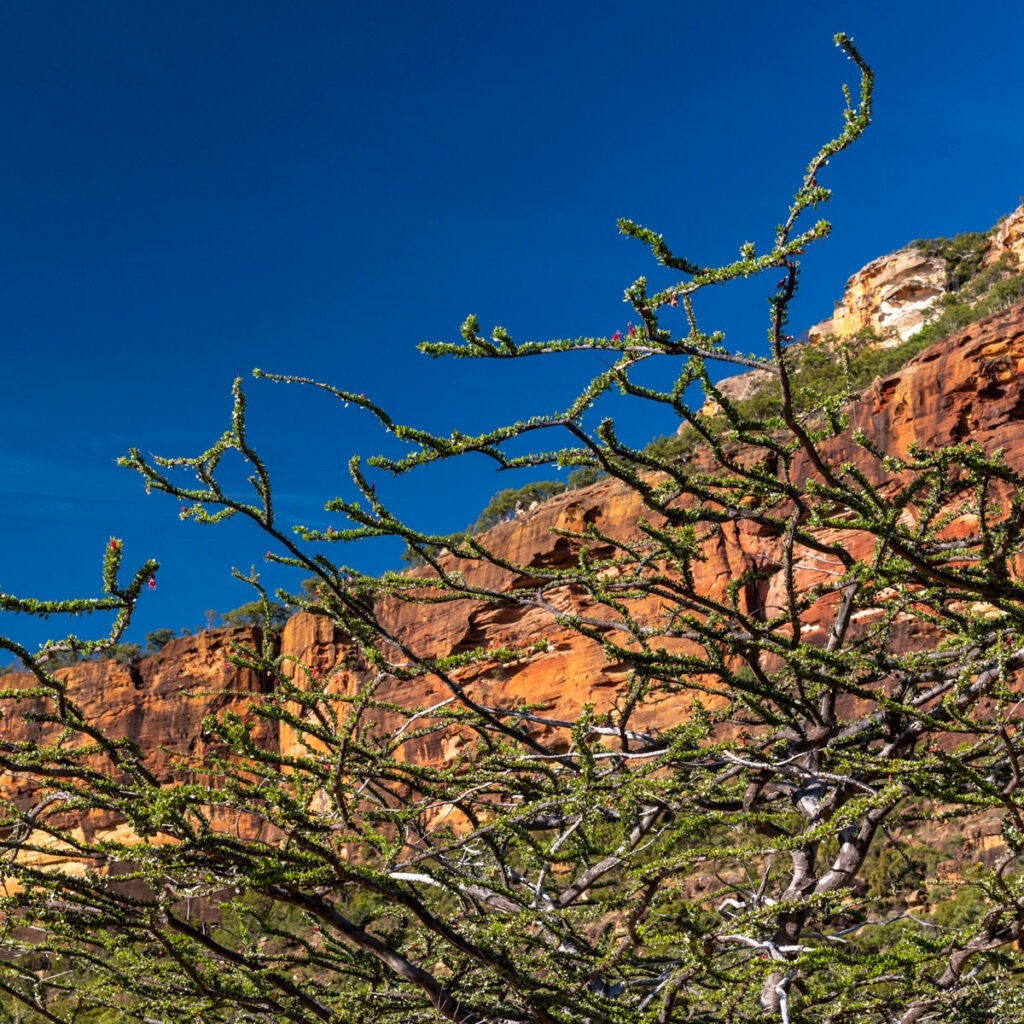

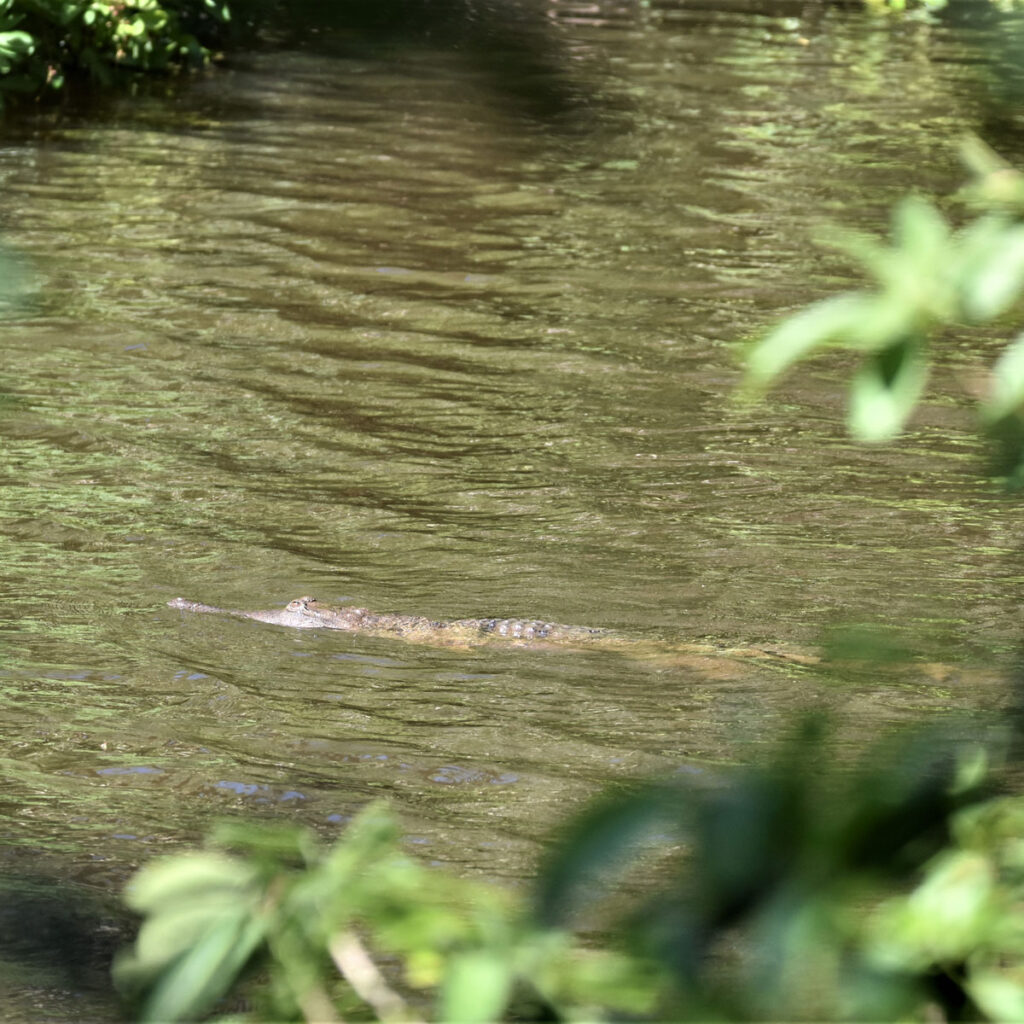

Reptiles & Amphibians
The herpetofauna found both on and around Ngarrabullgan are abundant and diverse. Previous surveys found 52 reptile species, including 38 lizards from five families, 12 snakes from three families, and one tortoise. Eight amphibians were present, including two native and one introduced families. Those surveys considerably expanded previous knowledge of the region's reptiles and amphibians, while at the same time confirmed the expected but hitherto unrecorded presence of 49 new species of reptiles and eight species of amphibians from the area. In addition, eight of the reptilian species observed had been previously recorded by the Queensland Museum survey, although an additional three reptilian species previously recorded by Museum staff were not found during recent surveys. It's been estimated that all surveys have recorded 60%, or 69 out of the 115 reptilian species expected to occur in the region. A lower coverage of amphibia was attained, with only 18%, or eight of the expected 44 species observed.
Mammals
A list of mammals recorded during the two survey periods (July 1994 and June-July 1995) at Ngarrabullgan includes 29 species. Evidence of Echidnas (Tachyglossus aculatus) at a number of sites was determined by the presence of the distinctive shape and composition of their scats, as well as evidence of their diggings near the base of termite mounds. Although no Rock Wallabies (Petrogale sp.) were seen, there was some evidence of past occupancy of caves and overhangs in the form of very old droppings and polished rock surfaces caused by foot abrasion while hopping. Two isolated sightings of Rufous Bettongs (Aepyprimnus rufescens) were the only marsupials recorded on the mountain, despite concerted surveying efforts. Antilopine Wallaroos (Macropus antilipinus) and Eastern Grey Kangaroos (Macropus gigantius) were recorded on a number of occasions on the plains surrounding the mountain. Individual Wallaroos (Macropus robustus) were recorded on the hills and slopes abutting the southwest edge of Ngarrabullgan, but not on the mountain itself. Fifteen species of bats were recorded, nine of which are cave dwellers. An important bat site was a cave on Gorge Creek, which contained around 1500 Little Bent-winged Bats (Miniopterus australis), around 500 Common Bentwing Bats (M. schreibersii), two Northern Myotis (Myotis moluccarum), and one Common Sheath tail Bat (Taphozous georgianus).
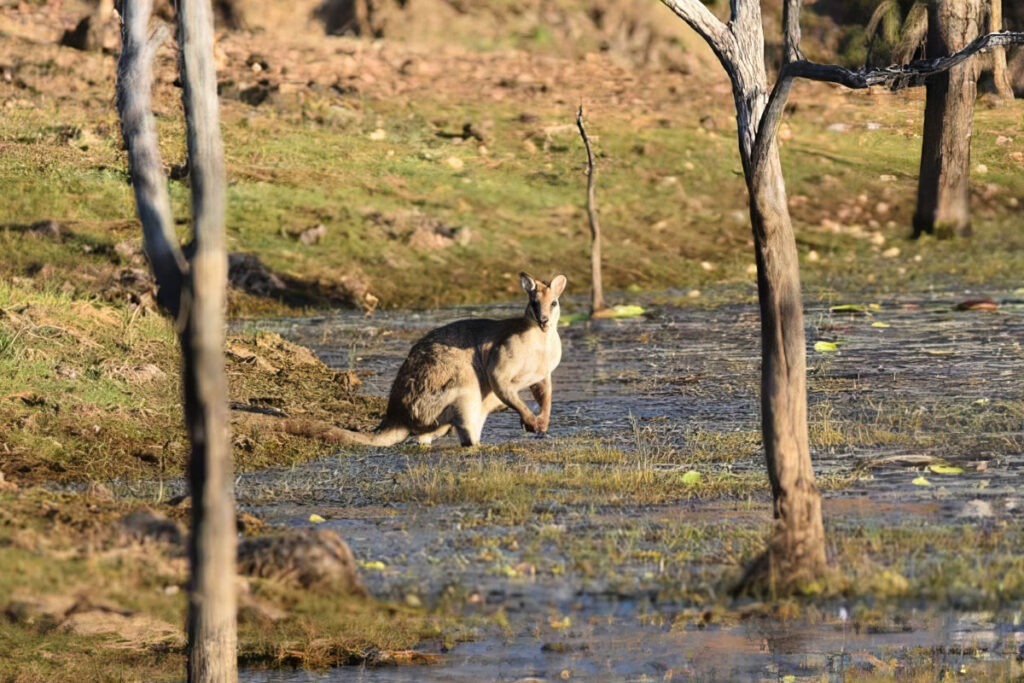

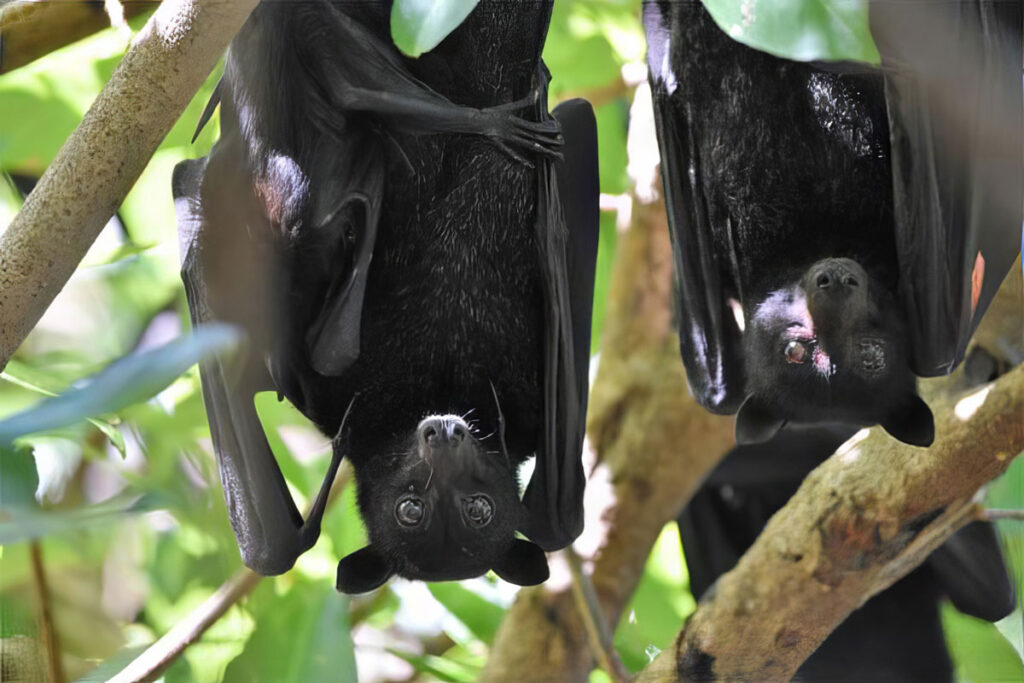

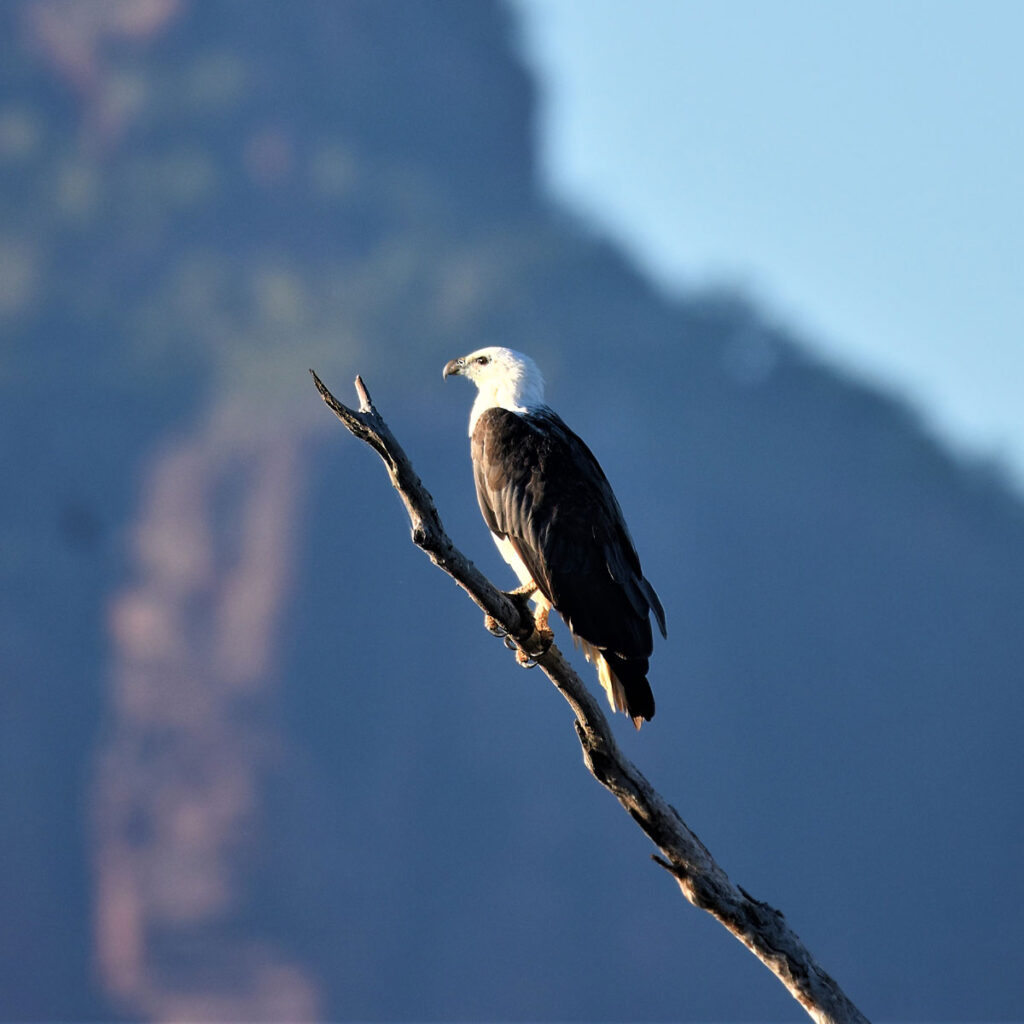

Birds
Ninety-eight species of birds were recorded from Ngarrabullgan and surrounding areas. The most noteworthy observations were Red Goshawks (Erythrotriorchis radiatus), recorded at the southern end of the mountain and along the Hodgkinson River, and Peregrine Falcons (Falco peregrinus) seen on or adjacent to cliffs around most parts of the mountain. A permanent waterhole in Gorge Creek at the northern base of the mountain attracted small flocks of Squatter Pigeons (Geophaps scripta) and Black-throated Finches (Poephila cincia). A single Black Bittern (Ixobrychus flavicollis) was flushed from beside a permanent waterhole on Gorge Creek, and Bush Thick-knees (Burhinus grallarius) were seen near the Kondaparinga Station homestead. Future research opportunities at Ngarrabullgan should include wet season surveys to gain complementary information on the distribution and abundance of reptiles and amphibians during this time of year. Wet season surveys are particularly needed to fully list the diversity of frogs that are expected to be present in the region. Other future research could focus on the influence of environmental disturbance, including the role of fire, introduced exotic species and human uses on the distribution and abundance of reptiles and frogs across the various macro- and micro-habitats on and around Ngarrabullgan. Questions to be answered include: Do specific areas act as refuges, and if so, under what conditions? What activities, both human and non-human, threaten the effectiveness of those refuges? And through time, can we observe an expansion or contraction of specific niches?
Geology
Geologists believe the mountain is composed of coarse rocks, laid sandstones down and the conglomerates action of water (sedimentary between 270 and 230 million years ago); beyond its well-demarcated margins, volcanics and metamorphics takeover (created by volcanic activity, heat and compaction more than about 280 million years ago). This sudden lithological change is matched by biogeographic variation, the top of the mountain possessing a suite of plant and animal taxa and communities not found beyond it. One of the first things that strikes any visitor is how different the plants on the mountain-top are from those at the bottom. And from the smallest (e.g. isopods and land snails) to the largest (e.g. mammals), the animals are also distinct from top to bottom, which may be results of separate histories and evolutionary trajectories, or simply present-day structural distinctions caused by spatially differentiated life opportunities (e.g. water and nutrients held in the different soils and rocks).
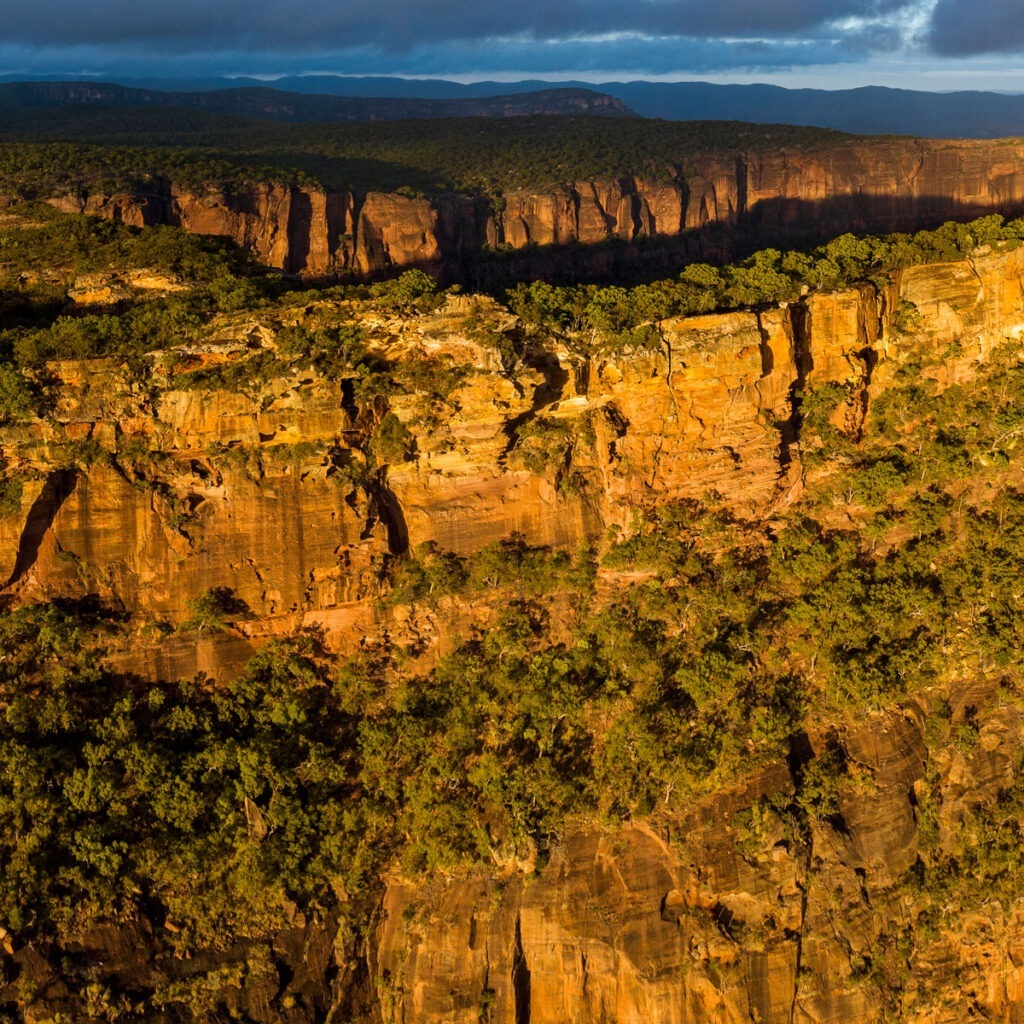

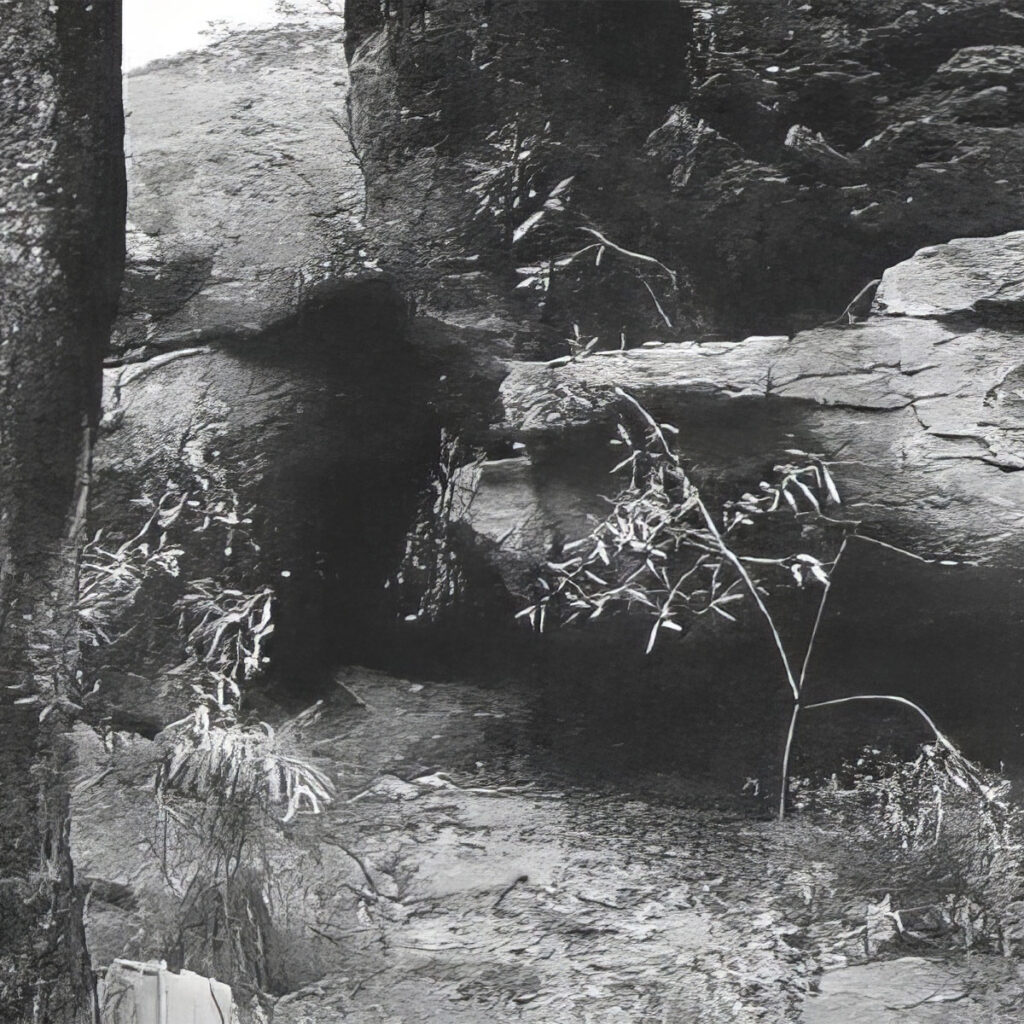

Archaeology
Ngarrabullgan is a humanised place: people have been in the area, used it, owned it, given it meaning, and modified it for thousands of years. It is this very humanisation of the landscape that needs to be recognised and appreciated if Ngarrabullgan's position as a place rich in culture and heritage-and as the homeland of the Djungan community - is to be respected over both the short and the long term.
To date, the cornerstone of the excavation results has been Ngarrabullgan Cave, which has not only revealed some of the earliest radiocarbon-dated cultural remains in Australia, but also provides an important backdrop to understanding long-term Aboriginal use of the region.
Undertaken excavations at Ngarrabullgan Cave in 1991 and again in 1993 found evidence of Aboriginal occupation dating to more than 37,170 years ago (Beta-45906). This is a minimum date.
Culture and Art
Twenty rock shelters with paintings have been recorded on Ngarrabullgan so far. Other rock art sites are known, including stencil and print sites, as well as other sites that we know of but have not yet recorded. Ngarrabullgan's cave paintings are mainly abstract in form. Of the 329 non-indeterminate paintings recorded so far - that is, paintings that are not too faded or otherwise indistinct to identify their original form and colour - 296 (90%) are abstract grid, geometric, radiating or other abstract. There is also a small number of non-abstract designs, consisting of 14 images of bird tracks, one a macropod track, 16 humans, one a crocodile, and one a snake. Most of the human shapes are represented upright, but others are horizontal, diagonal or even up-side down. Most paintings (56%) are red in one colour only, but a few have two colours, either red and white, brown and white, brown and red or yellow and white.
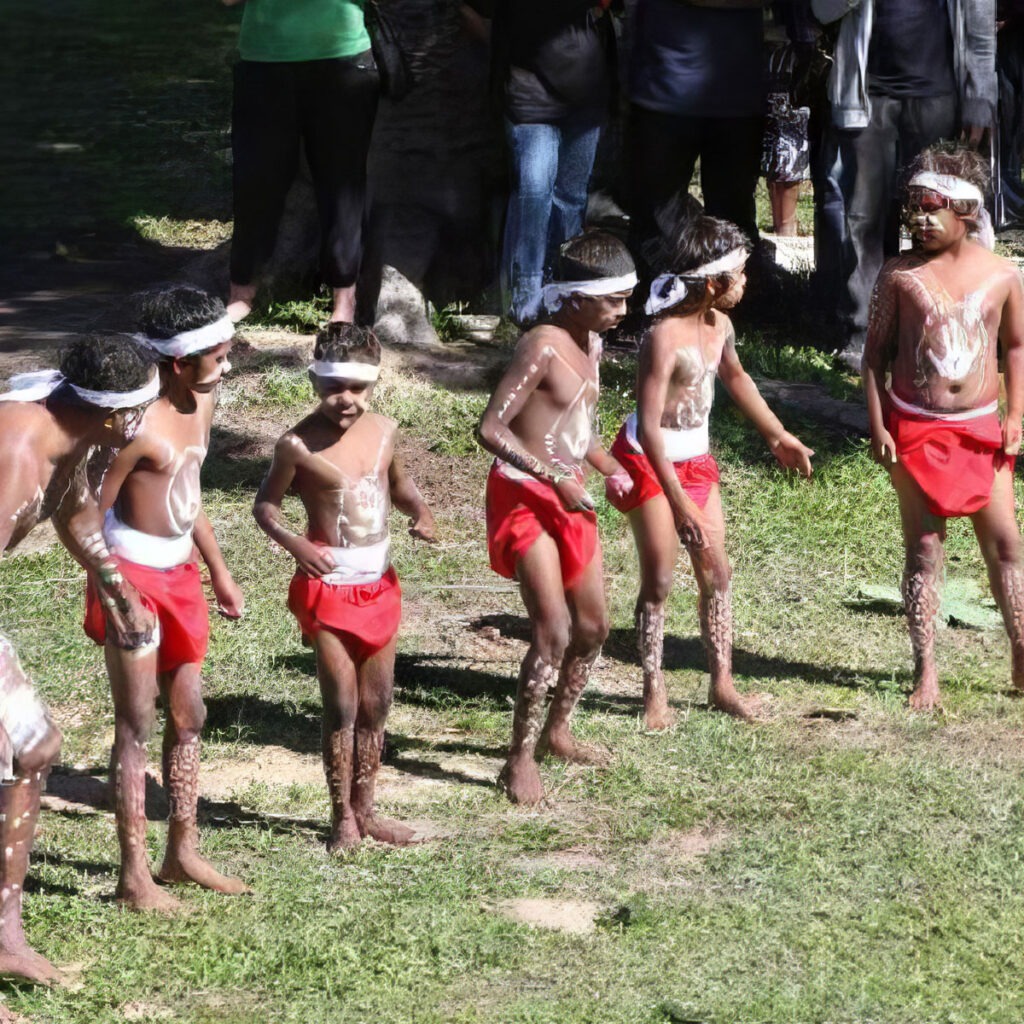

Timeline
c.37,000 years ago
Evidence of Aboriginal occupation at Ngarrabullgan Cave can be traced back to c.37,000 years ago
c.800 years ago
Djungan ancestors stop regularly camping on the Ngarrabullgan due to its sacred nature, but continue to camp at the base of the mountain
1848
Explorer Edmund Kennedy and his party follow the Hodgkinson River downstream, where spears are thrown at them by Djungan people
1870s - 1890s
Frontier violence in North Queensland leads to death of many Aboriginal people
1874
J.V. Mulligan leads a prospecting expedition to the south-east of the Palmer River, a journey where he re-names the Hodgkinson River and Mount Mulligan (Djungan name: Ngarrabullgan)
1875
J.V. Mulligan’s expedition arrives and re-names the Hann’s Range, today known as Hann’s Tableland
1876
Establishment of Mt Mulligan and Thornborough townships and Hodgkinson Gold Field
1879
The Parliament of Queensland passes the Aboriginals Protection and Restriction of the Sale of Opium Act 1897
1880s to 1950s
The enactment of the Aboriginals Protection and Restriction of the Sale of Opium Act 1897 leads to the establishment of reserves to which Aboriginal people’s could be forcibly removed by designated ‘Aboriginal Protectors’ – civil servants, police and missionaries
During this period many Djungan people are forcibly removed from their traditional lands and send to missions in
Yarrabah, Palm Island and Kowanyama
1881
Djungan people are massacred by settlers
1890
The Byrnes family establishes the Booloomboola Station, 32km from Thornborough, employing Aboriginal people
1921
Mount Mulligan colliery explosion, legend has it that ‘Eekoo’ warned the Djungan people to stay away from the mountain that day
1930 - 1945
Some of the removed Djungan families return to Country
1957
The Mount Mulligan mine closes, the mine plant is taken to Collinsville and many of the miners follow, businesses and houses are railed to Cairns
1960s to 1990s
1988
Djungan Traditional Owners commission the first archaeological project on and around Ngarrabullgan
1992
The Djungan people purchase Kondaparinga Station
1997
Australian Heritage Commission includes Ngarrabullgan on its register of the National Estate
1998
‘Ngarrabullgan: Geograhical Investigation in Djungan Country, Cape Yourk Peninsula’ research book is published by Monash University
2000 to 2020
2006
Queensland Government formally registers Ngarrabullgan as a Cultural Heritage Area
2011
Australian Government adds Ngarrabullgan to the National Heritage List
2012
Djungan People's Native Title rights are recognised over some of the Djungan lands and waters, including Ngarrabullgan
2020
Capacity Development Project for Nguddaboolgan Native Title Aboriginal Corporation (NNTAC) is launched
2021 to Current
2021
Australian Heritage Grant project is launched
2022
NNTAC is registered as a Cultural Heritage Body for Ngarrabullgan
2023
Formation of Djungan Ranger group is initiated
Discover the heart of Djungan homeland, where Dreaming stories come to life

